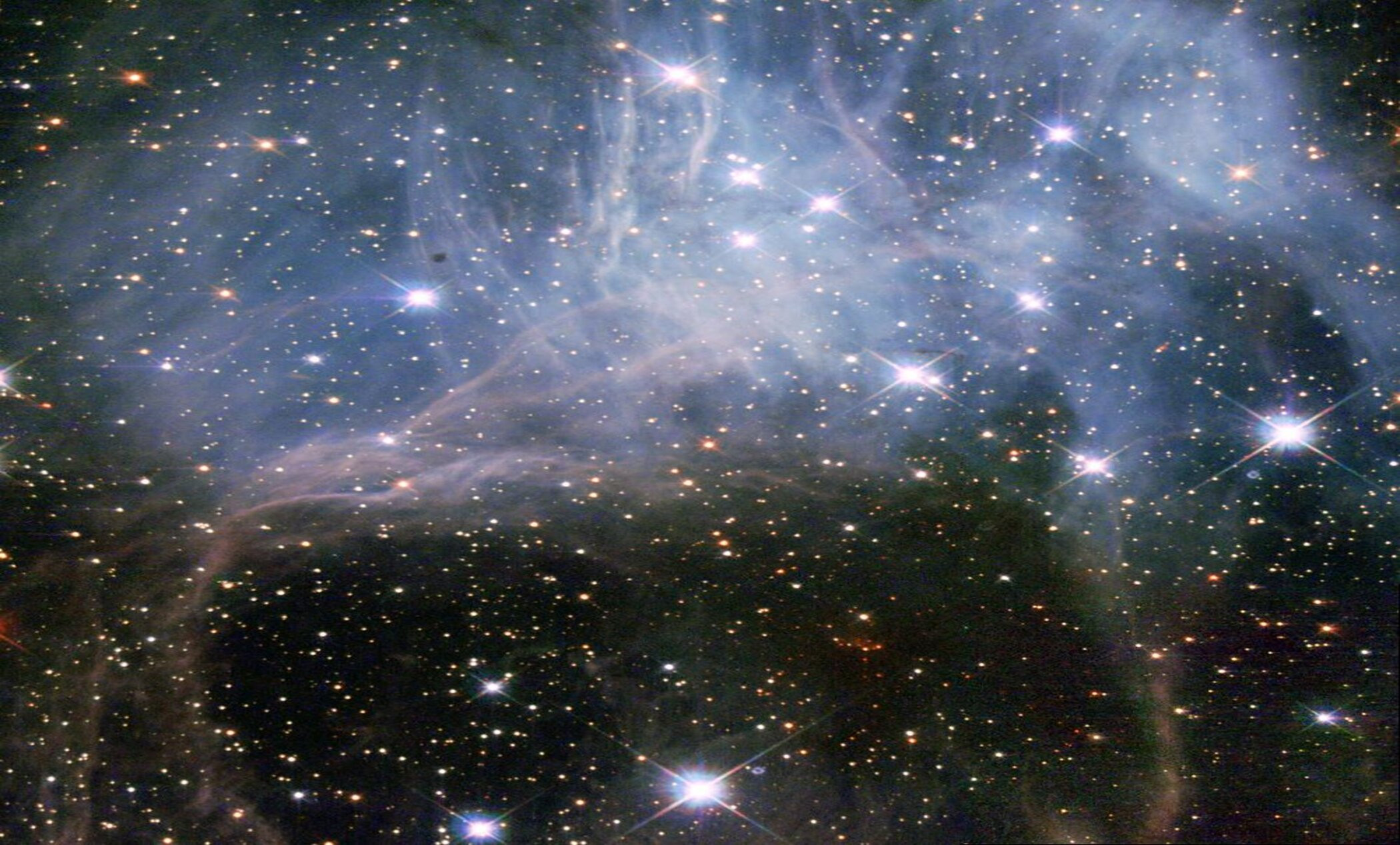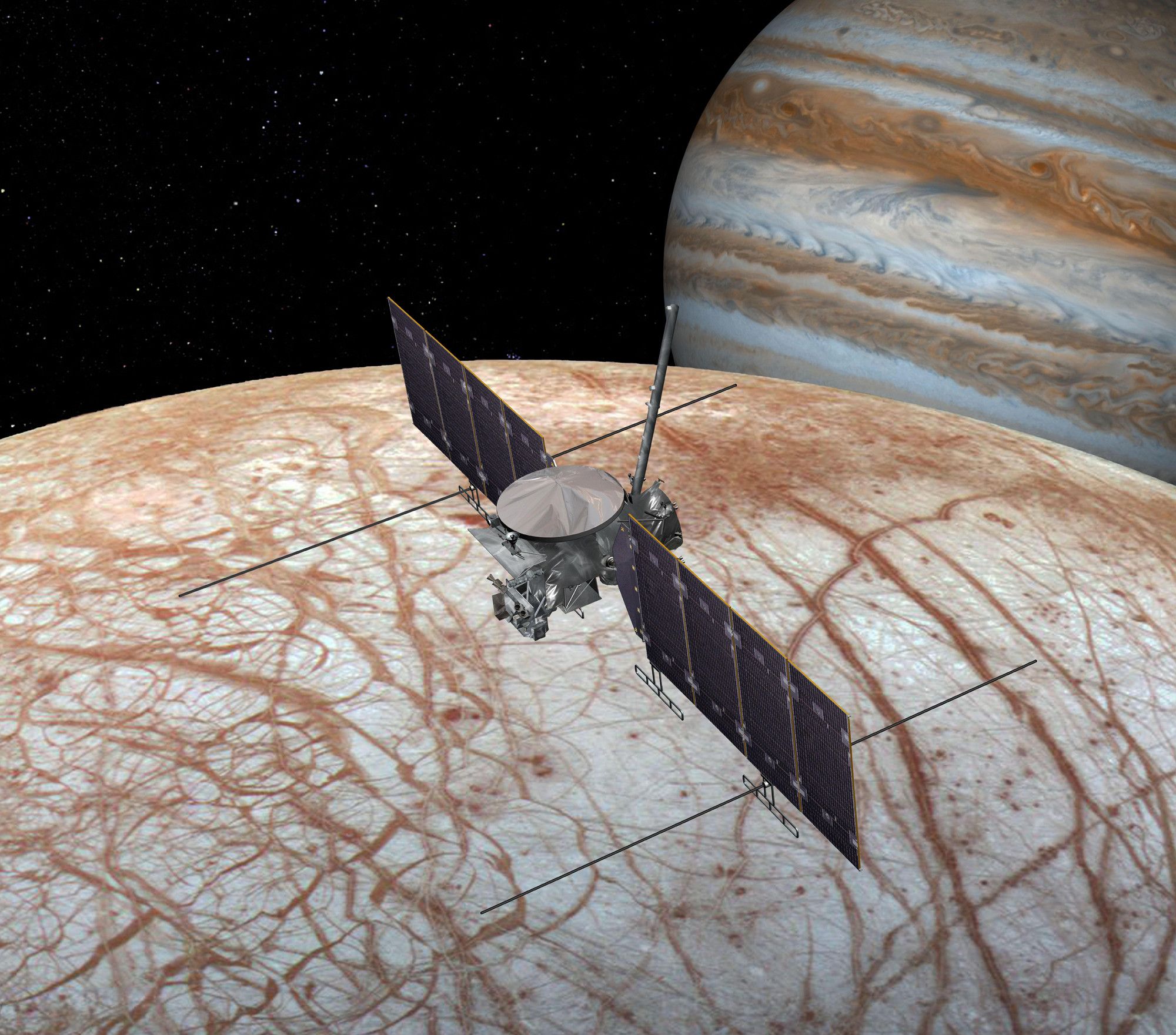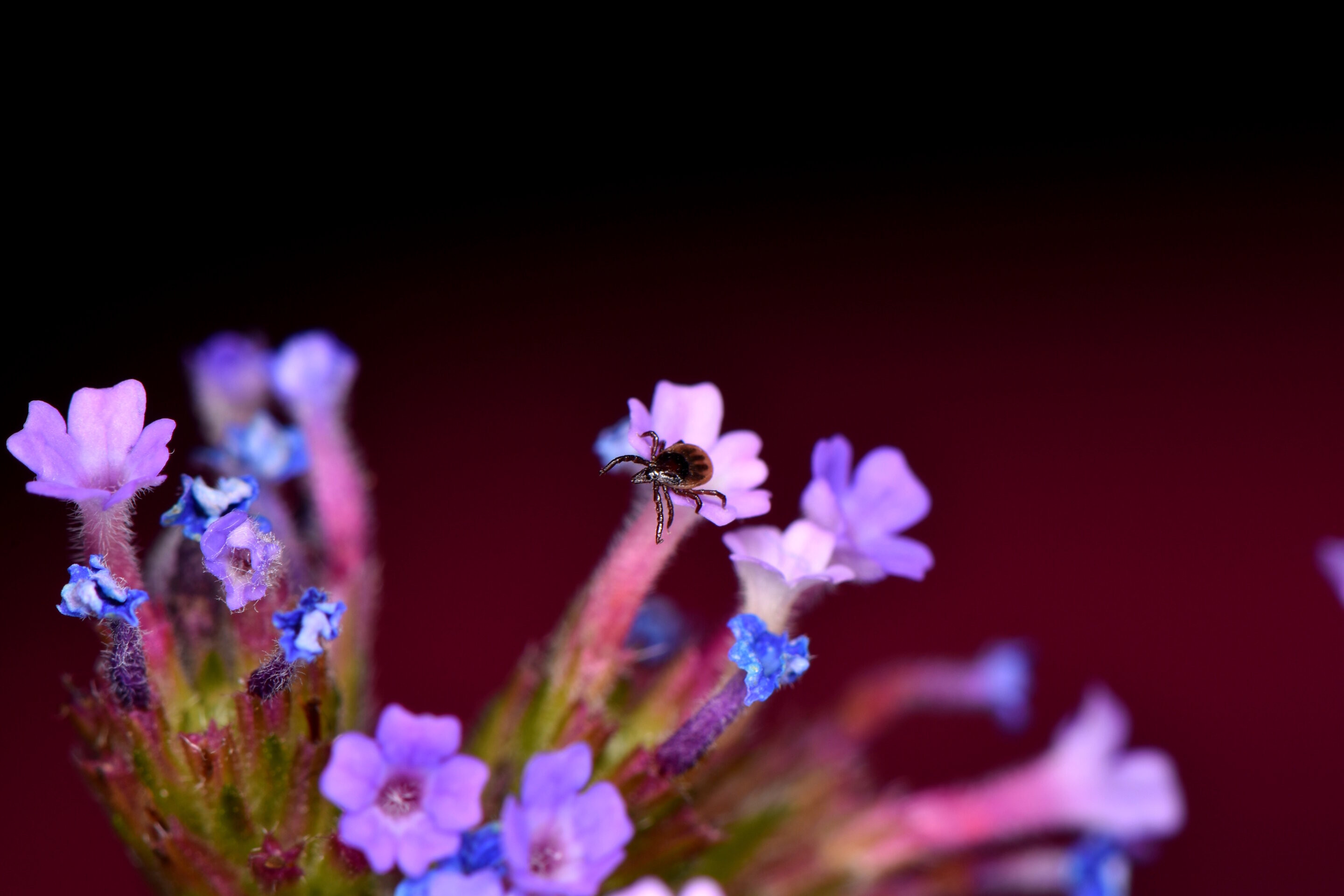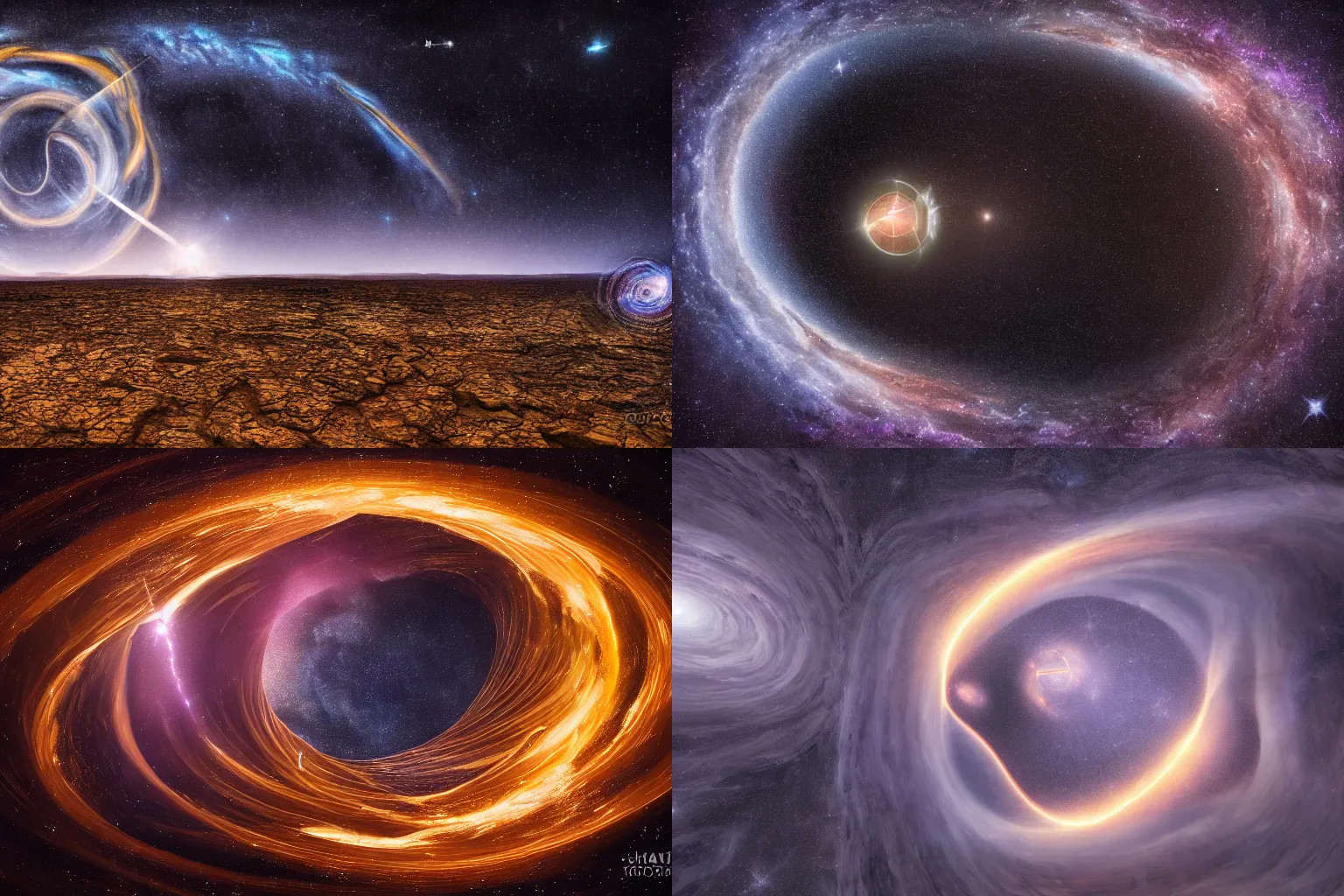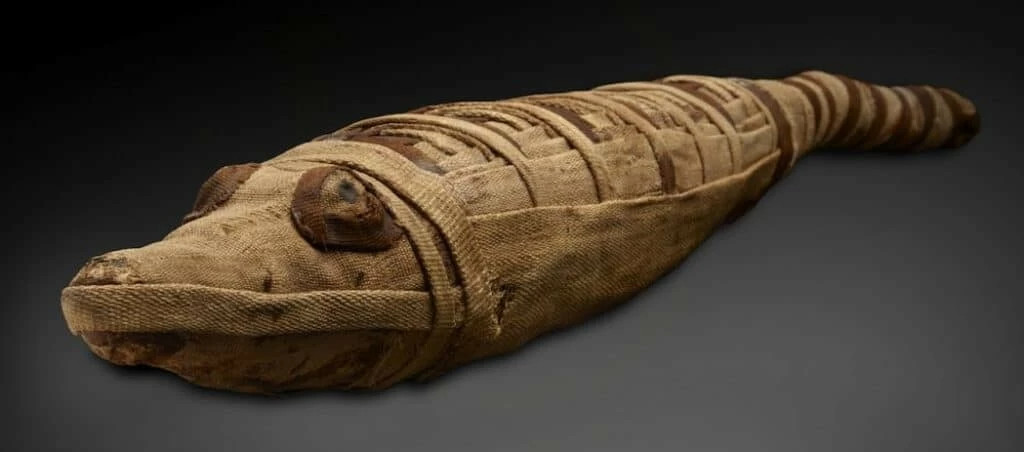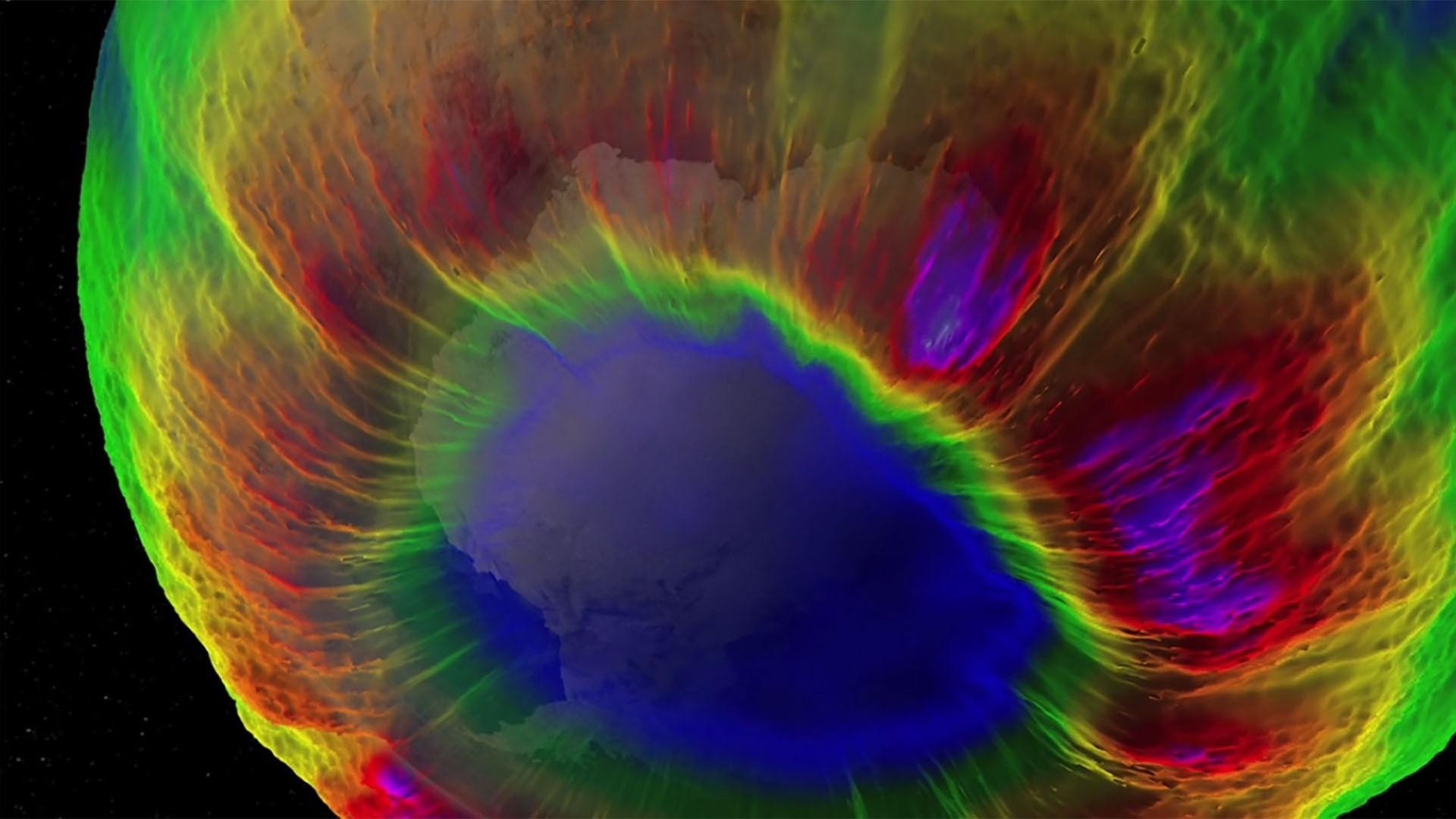NASA’s Hubble Space Telescope has captured a breathtaking image of N11, a complex cluster of emission nebulae nestled within the Large Magellanic Cloud (LMC). Located approximately 160,000 light-years away in the constellation Dorado, this celestial wonder showcases a mesmerizing tapestry of cosmic gas and dust, reminiscent of swirling, vibrant candy floss.
N11 is a sprawling expanse, stretching across a staggering 1,000 light-years. Its intricate filaments, woven from stellar matter, dance and intertwine, creating a captivating spectacle. The gas clouds within this region are energized by a burgeoning population of young, massive stars, which imbue the nebulae with a vibrant cherry-pink hue. These radiant stars, in their relentless evolution, sculpt the surrounding gas and dust, giving rise to the magnificent bubbles and cavities that dot the landscape.
These bubbles, carved by the powerful stellar winds and supernova explosions, represent a testament to the dramatic lives and deaths of stars within N11. These cosmic events not only shape the nebula’s appearance but also play a crucial role in the ongoing cycle of star formation within this region.
Studying N11’s Stellar Activity
The vibrant activity within N11 has captivated the attention of astronomers for decades. Its chemical composition closely mirrors the giant star-forming regions that existed billions of years after the Big Bang, making it a valuable natural laboratory for unraveling the mysteries of star formation in the early universe.
To delve deeper into the intricacies of N11, scientists employed the Hubble Space Telescope’s Advanced Camera for Surveys, leveraging its remarkable sensitivity and wide-field resolution. This advanced instrument allowed them to meticulously map the distribution of stars within the nebula, revealing a diverse array of stellar inhabitants.
Within N11, astronomers discovered regions that have ceased star formation, while others continue to birth new stars, highlighting the dynamic nature of this celestial nursery. By studying these diverse regions, scientists are gaining invaluable insights into the complex processes that govern the birth, evolution, and demise of stars.
N11: A Cosmic Canvas of Star Formation
The Hubble image of N11 is a powerful testament to the beauty and complexity of the cosmos. It showcases a region where stars are born, evolve, and eventually fade away, leaving behind stunning remnants that shape the landscape of the galaxy. N11 is a cosmic canvas on which the universe paints its story of creation and destruction, offering a glimpse into the grand and intricate tapestry of the cosmos.
The Legacy of N11
The study of N11 is a testament to the power of human curiosity and the technological marvels that enable us to explore the vastness of space. Through the lens of Hubble, astronomers have gained a deeper understanding of the intricate processes that shape our universe, and the vibrant history of star formation that continues to unfold. As we continue to gaze upon the cosmos, the mysteries of N11 and other celestial wonders inspire us to seek answers, pushing the boundaries of human knowledge and igniting our thirst for discovery.





